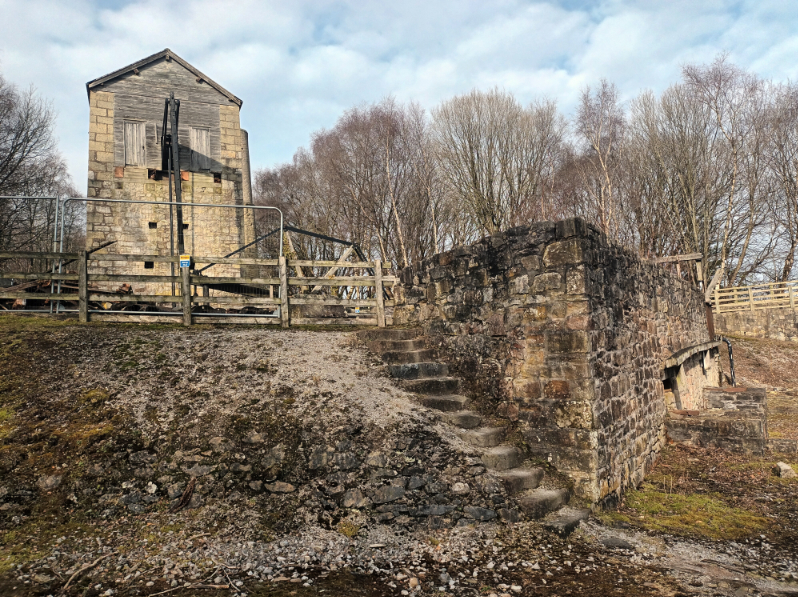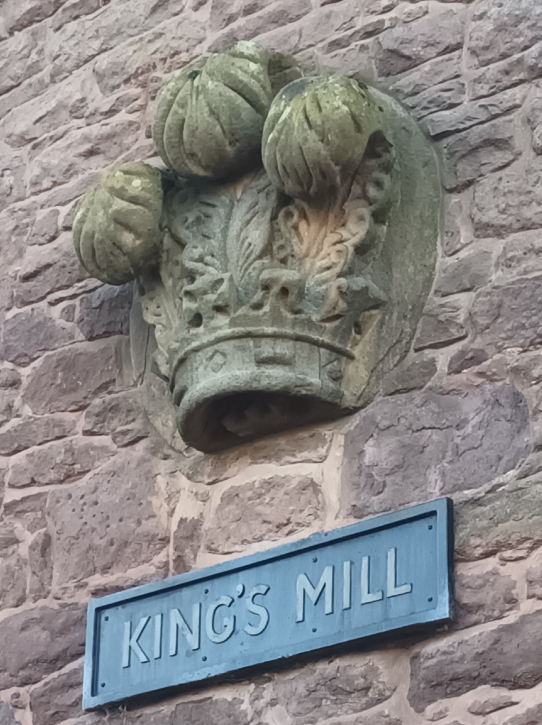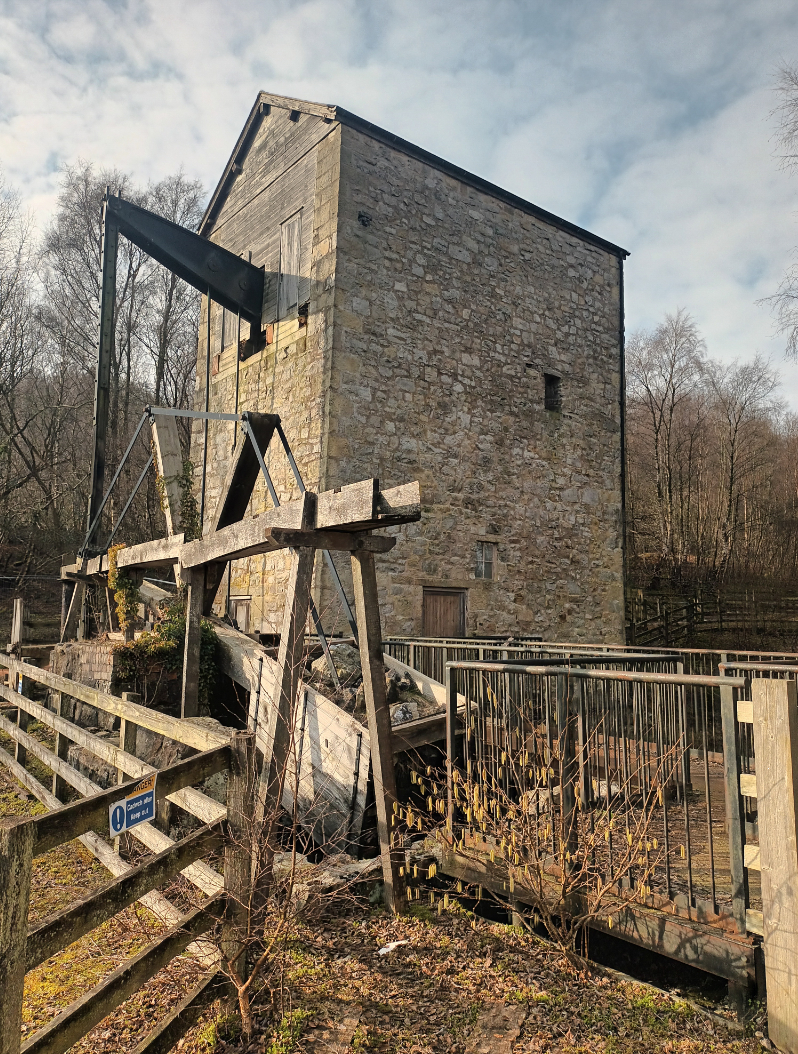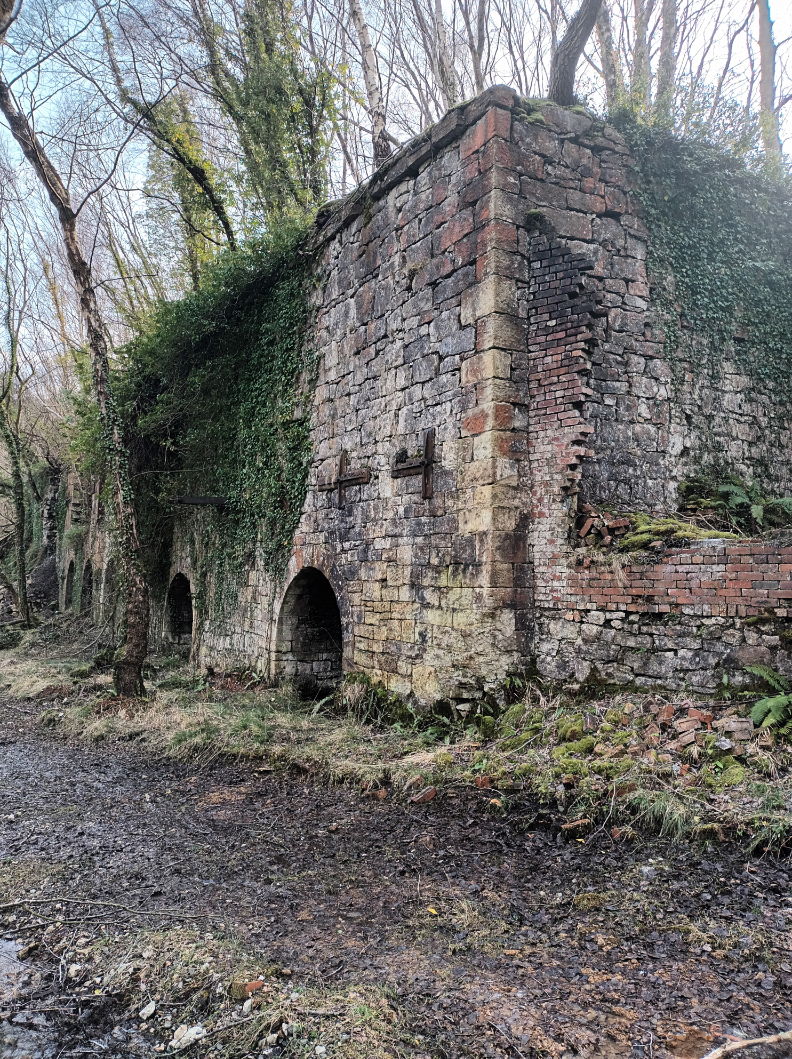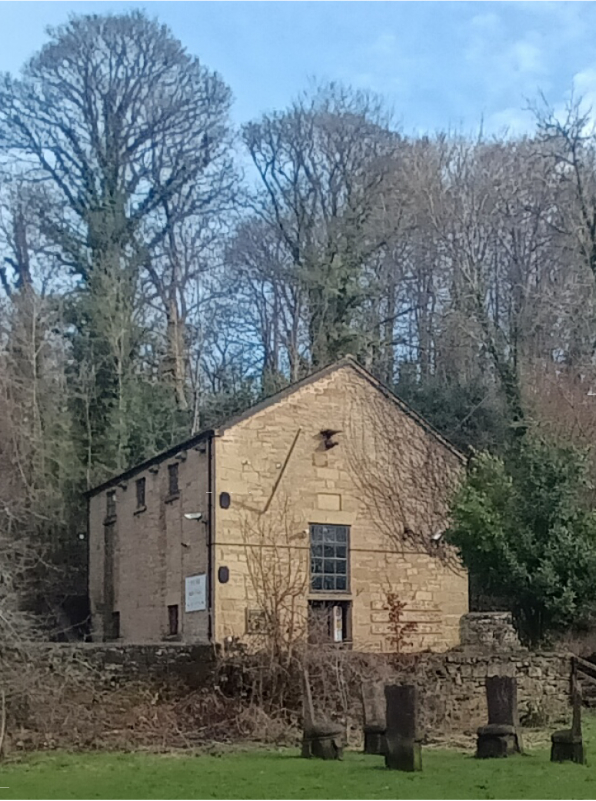



Project Name: Clywedog Valley Project
Client: BHB Architects - Groundwork North Wales
Project type: Industrial Heritage Asset Assessment
Project No.: 2025-001
Date: 2025
The Clywedog Valley is situated in Wrexham County Borough and extends for around 15km, the river rising in the hills west of the village of Minera and flowing south-eastwards past Coedpoeth, Bersham and Rhostyllen, before passing eastwards to the south of Wrexham, joining the River Dee north-east of Bangor on Dee. The valley encompasses a range of industrial and natural heritage features, many connected by the ‘Clywedog Valley Trail’, a linear, waymarked walk following the river valley from King’s Mill at Wrexham to the Minera Lead Mines.
The area encompasses a long, varied and fascinating industrial history and includes a number of significant industrial heritage assets, five of which were examined as part of the Clywedog Valley Project (see right). The sites, summarised below, together reflect the historical industrial exploitation of the natural resources of the Clywedog Valley.
Minera Quarries: an extensive former limestone quarry developed in the early- to mid-19th century, going on to become the largest lime works in North Wales, operational until 1994. Following closure, the quarries were subsequently revived as a Nature Reserve, while retaining good examples of vertical draw kilns and the remains of a Hoffmann kiln (one of only a handful surviving in the UK), both of which are designated as Scheduled Ancient Monuments.
Minera Lead Mines Visitor Centre: centred on the Meadow (or ‘City’) shaft, the visitor centre comprises a fascinating ensemble of lead extraction and processing buildings and structures dating to the mid-19th century, many of which were exposed during land reclamation work in the early-1990s. They constitute a site of great historical significance, representative of a once widespread industry in the area, their importance at a national level being reflected in their designation as a Scheduled Ancient Monument.
Nant Mill: a modest mill building dating to 1832 (replacing an earlier mill), and operational until 1939. The mill is set in a secluded site on the edge of the Plas Power Estate, with access to the Clywedog Valley Trail; the mill building was repurposed as a visitor centre for the trail, opening in May 1991.
Bersham Ironworks: the partial remains of a foundry site developed in the early-1760s on the Plas Power Estate by ‘Iron Mad’ John Wilkinson, a key figure in Britain’s Industrial Revolution. Wilkinson revolutionised the techniques for precision-boring of cannon and steam engine cylinders and worked in partnership with the renowned Birmingham engineers Boulton and Watt. The site includes two statutorily listed buildings and is designated as a Scheduled Ancient Monument.
King’s Mill: a fine example of an 18th-century water mill dating to c.1769, and formerly part of the Erddig Estate, though documentary records point to a mill on the site in 1580, when it was already described as ‘ancient’. The extant building retains one of two original over-shot water wheels and some associated gearing.

